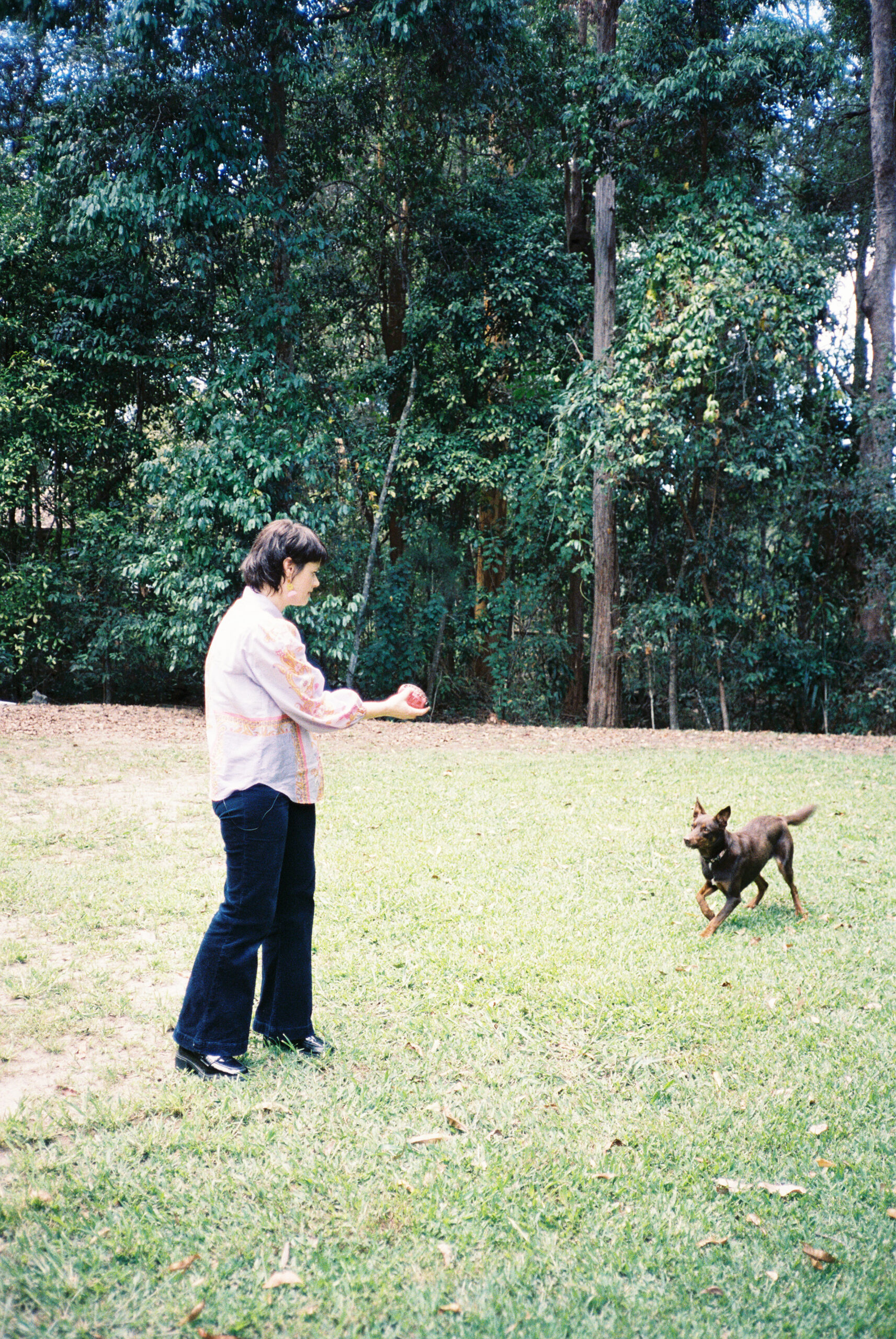beneath the surface with Amanda bennetts
The sun has set beneath the horizon — now we’re going beneath the surface.
Beneath The Surface is a new interview series that explores the less seen (and sometimes buried) side of creativity — the emotions, the ups and downs, the self-doubt, and, of course, the vulnerabilities.
//
It’s 8.45 and we’ve just arrived in Pomona. We’ve brought Tim Birch along for the ride.
Amanda’s home is tucked away from the quiet country town and we are warmly met by two cattle dogs, Reese and Skittle, at the front gate.
We exchange hugs, hellos, and high fives, and Amanda gives us a tour of the block. The home (a grand old Queenslander) is beautiful and everything you could imagine in a building from this era. There’s a wrap-around porch, a rainforest behind it, and — what seems to be — a makeshift hospital room beneath the surface of the deck. It’s a fitting metaphor for the interview.
And just like that: we get a glimpse into Amanda’s life. It was time to dig a little deeper.
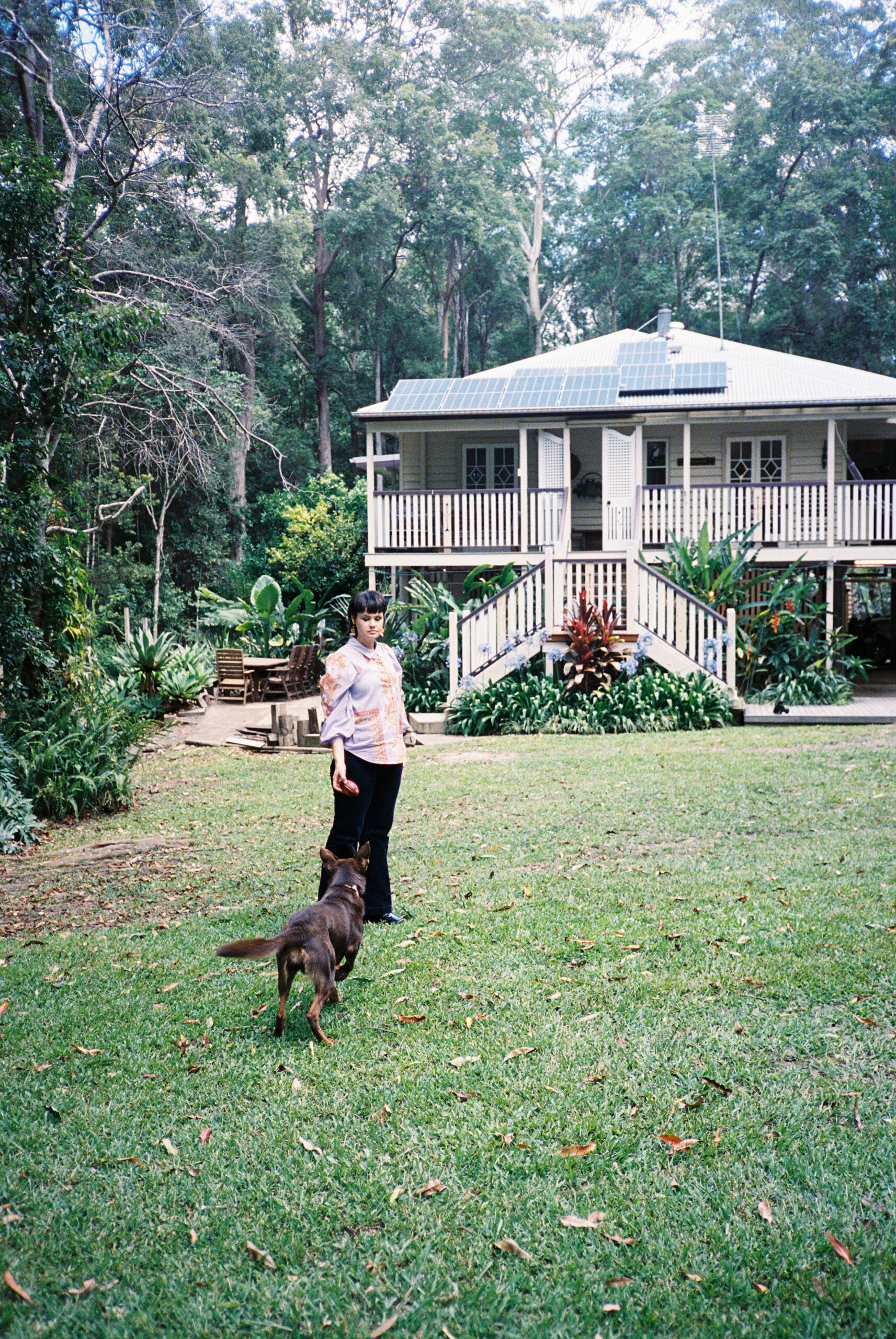
Intro time: who is Amanda Bennetts?
I’m Amanda Bennets and I’m an artist living in the Sunshine Coast Hinterland.
Tell us about your creative practice.
So, I’m a video artist, I guess, or an instillation artist. My work is conceptual, so I look at the lived experience or the experience of people with illness and disability. I channel this into my work as I live a chronic illness and disability.
How has your work changed over the years? Have you always been doing what you’re doing now?
Noooo, I wanted to be a painter so bad. So, I went down this path of doing abstract painting and landscape painting, but um… yeah, I wasn’t very good at it [laughs]. Plus, I always came back to the conceptual ideas around art-making and what the concept can do to drive your art practice.
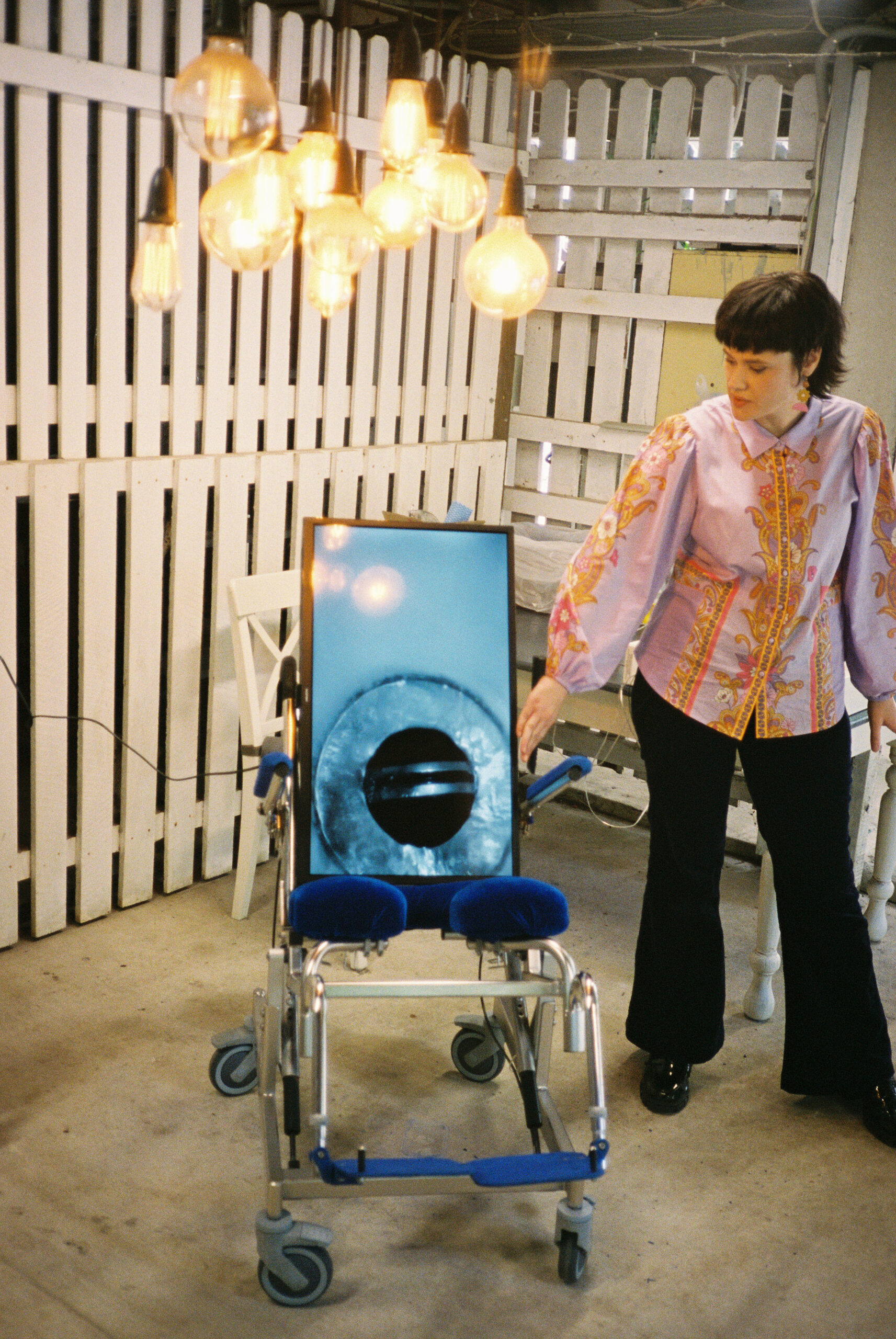
Talk to us about the younger years. When did you learn that you wanted to do what you’re doing now? Were you a creative kid?
I guess I was a creative kid. But I wasn’t a great drawer, or anything like that. My dad is an art teacher — I grew up in the Blue Mountains — and he went to art school in his thirties, like me. So, I got to spend a lot of time in the nineties going to uni with my dad as a young kid. That was amazing. He would volunteer at galleries, like I used to. So, going to see all these exciting spaces with these amazing people —all these artists — I just got sucked in.
So, was it your old man that was the driving force behind your creativity?
Yeah, absolutely. Because he was studying full-time at the time whilst he was raising us with mum. We were always mucking around with video cameras and Photoshop. All these things were fairly new — as far as using Photoshop to create art — so he was really involved in that process with us. His artwork, back then, was so conceptual. One weird thing he did was: he would put paint on his lips and then kiss the male urinal. As a video artist, he was pretty out-there.
Yeah wow, so he was pretty red hot. Was your mum creative, too? Or were they polar opposites?
Nah not really. Mum’s creative, but, yeah, they are polar opposites. Dad was always dragging us out to the MCA in Sydney, and I have all these vivid memories of all the exhibitions we used to go to. Even from the age of seven, I can remember what artworks were there. It’s such a weird thing. Those experiences are really engrained in my foundations, I guess.
What did your mum do?
My mum was a cleaner at resorts and then got involved in running them as well. Then she ran a successful wedding venue business in the Blue Mountains.
Your parents dynamic is kind of similar to your own relationship with your partner, isn’t it? On the surface, you guys seem pretty different.
Yeah, I think a lot of people are shocked by that. He helps me with lots of my projects. He’s that sensible electrician that I need in my life. He’s always helping me with my work. I did a project for Floating Land — I mean, I had the idea, but he was the person that brough it to life. We’re a good creative partnership I reckon.
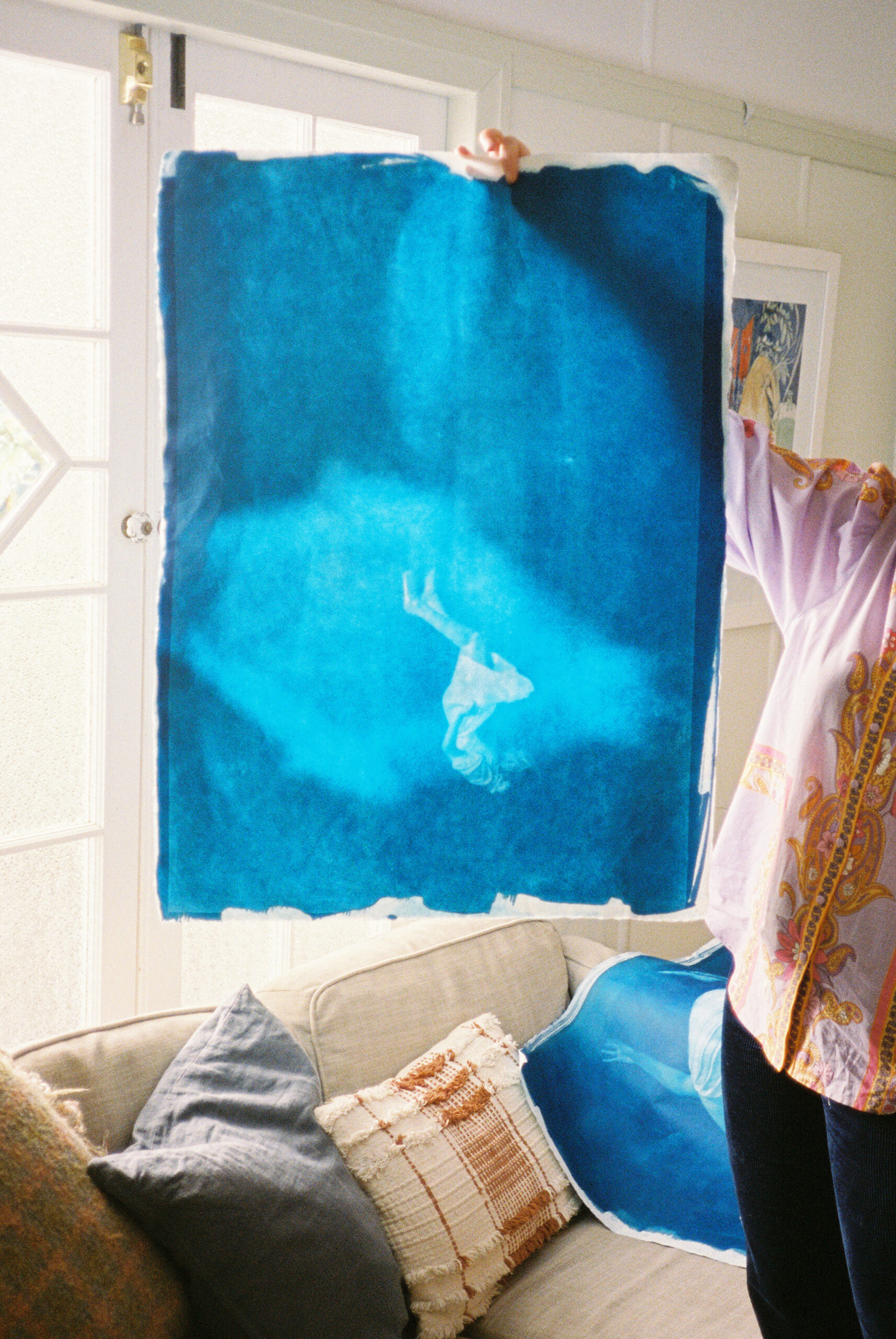
Ok, let’s go back a little. You were a creative kid, your dad had a huge influence on you creatively, and, for some reason, you decided to go down the path of HR. What made you do that?
Yeah… so different. Well, my stepdad owned businesses and he owned resorts in the Blue Mountains. He also ran this wedding venue with my mum. So, because of this, I was sort of influenced to do something that would make money. At the time, I was living away from the Blue Mountains, so I was out of the art world. Because of this, I chose HR. At the time it interested me. I liked people. I though HR was all about people [laughs]. So, I went to Canberra and studied HR, worked in Bathurst in the Employment Industry, and ended up in Mackay working in the Mining Industry. Um… yeah it was great but looking back, if I didn’t get sick, would I still be there? Probably not.
When you were working in this corporate world, were you still dabbling in your creative practice? Was that keeping you sane? Or did you just park it?
I parked it for a while. I was still into photography, so I would do a little bit of that, but for the most part, I parked my creative practice until I got sick.
If you’re comfortable to chat about your illness, how old were you when you were diagnosed? And how did it happen?
In a way, I was so naïve I guess… And when I was 22, I definitely thought I was invincible. I never thought illness, especially Multiple Sclerosis, was something that would visit me. I think when you’re younger, you just have no idea — unless you have had an ill family member. So, I lost vision completely in my right eye for a period of time. And it wasn’t until a colleague said “This isn’t right. This could mean so many serious things” and I was sort of like “argh, it’s fine, I’m 22, the vision will come back” that I actually looked into it.
…and how long did you lose the vision for?
It wasn’t long. It totally blacked out. But, thinking about it, it was probably progressively starting to get worse during the months prior. It gradually got worse, and worse, and then complete went black. And then it came back. It’s called Optic Neuritis — it’s swelling of the optic nerve at the back of the eye, which blocks the messages from your brain to your eye. So, when it’s swollen, it just cuts off the eyesight. The eyesight comes back, but I have permanently lost some of my night vision. I’ve had Optic Neuritis four or five times now. After that happened, I went through a really long diagnosis process. It was really tedious. Being under medical investigation, trying to figure out what was wrong — it’s not very clear-cut. I was diagnosed when I was 25.
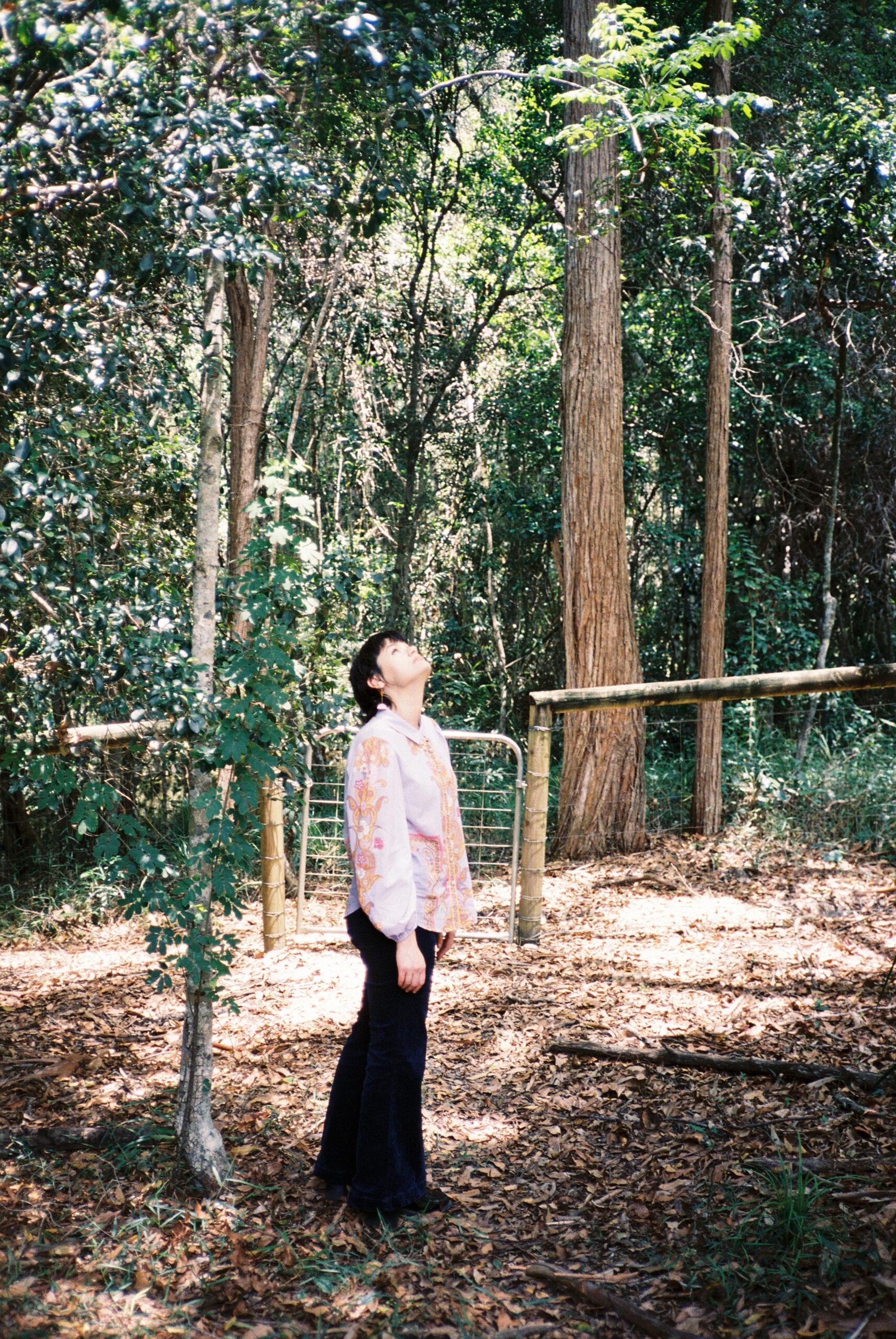
An old schoolteacher of mine had MS and it took a while to diagnose him also. It seems like there’s some grey areas around the diagnosis. Was there a period of time where you were almost in denial that it was happening to you?
Yeah, you think you’re going crazy. You think “well, if they can’t find it, is this all in my head that I’m feeling numb down one side of my body, or losing vision in my eyes, or mumbling my words?”. You definitely go through periods of doubting yourself and that’s really taxing on your mental health.
So, it was a three-year mental-rollercoaster, trying to diagnose what you were experiencing?
Yeah, they didn’t find anything initially. So, for the first year, I just got on with things. But my health declined slowly, and it wasn’t until the lesions on my brain finally showed up a couple of years later, that I started getting a few answers.
And was that the conclusion that you had been chasing? Was there an element of relief in the diagnosis?
Yeah, you know what, I was relieved that it wasn’t all in my head. And that I wasn’t imagining it. And you often hear that from people who have gone through a long medical investigation. But then you must deal with the magnitude of your life changing. And accept that the plans you had for your life — or the path you saw in front of you — had now been taken away.

You’re so grounded and driven, and you seem like you live a more fulfilling life than most people I know. Has MS created the Amanda that you are now? Do you think you would have been this person if you hadn’t been diagnosed?
I don’t think so. And I often think about this. I think I live in the present a lot more now — obviously, every now and then, anxiety creeps in. But when I got sick, I decided that I shouldn’t be doing something I don’t like; or don’t necessarily enjoy; or is taxing on my body due to stress — so that’s when I turned back to art and started studying it. But there is this — and I don’t know how to explain it — urgency I feel that I have to do a lot with the time I have. I wasn’t this driven previously.
It must have taken a while to process this.
Yeah, to be honest, the only thing I could see for my future was a wheelchair. Which… now I’m ok with. You know, you can’t live in the future of what might be. And that was part of my recovery. Especially for my mental health. I did mindfulness to bring me back to the present moment. And I think that’s what really gets me through day-to-day — living with a mindset of “how exciting is it to be here, doing this, right now.”
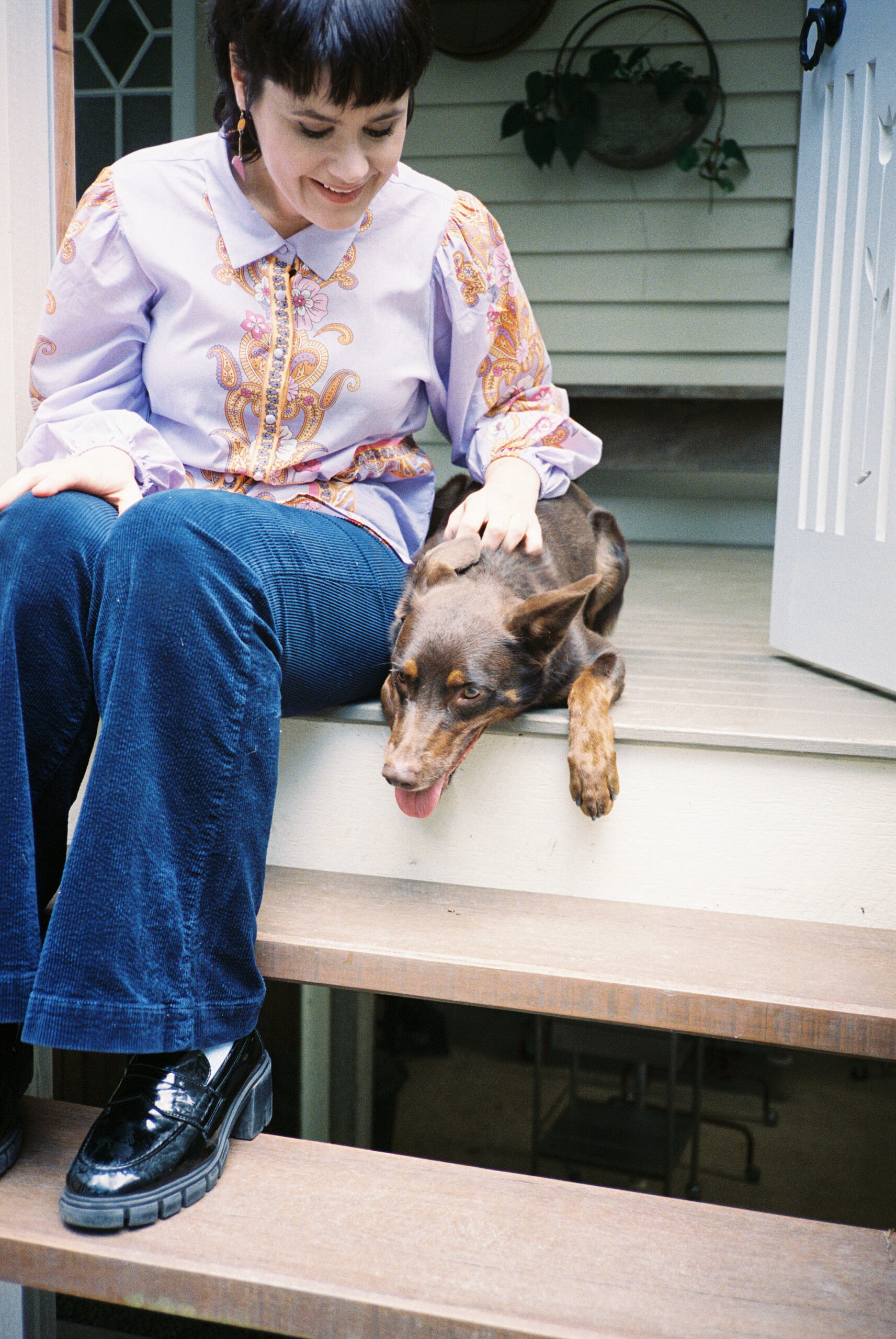
I’d love to hear more about your creative struggles. When you’re struggling with self-doubt or going through a creative block, how do you pull yourself out of it?
I love a mind map! It’s so geeky. I mind map all my concepts and I constantly get stuck with ideas. For my graduating work last year, the first video I created was terrible. But the idea was there. And I feel like I go through this with most of my projects. I go through periods of loving the work, and hating the work, and loving the work again. I keep going until I’m happy with it. But, yeah, the self-doubt just eats away at you.
Do you stew over your works, or does it get to the point when you just think, enough is enough — it’s going live.
Yeah, I do that. For my graduating work — which was a two channelled video instillation that was synched — I finished the project 10 minutes before the judge came through to check it out.
…yeah, you won that show, didn’t you? Is that the work your most proud of?
Ummm, I’m proud of so many things that I’ve done. Each new thing. Like getting the exhibition at Metro Arts at the end of last year after the grad show — I’m proud of that. Or each step of the way that got me there — whether it’s the 40 under 40 exhibition, an exhibition with Odessa, or getting into the Queensland Regional Art Awards. They’re the little things, but they all add up.
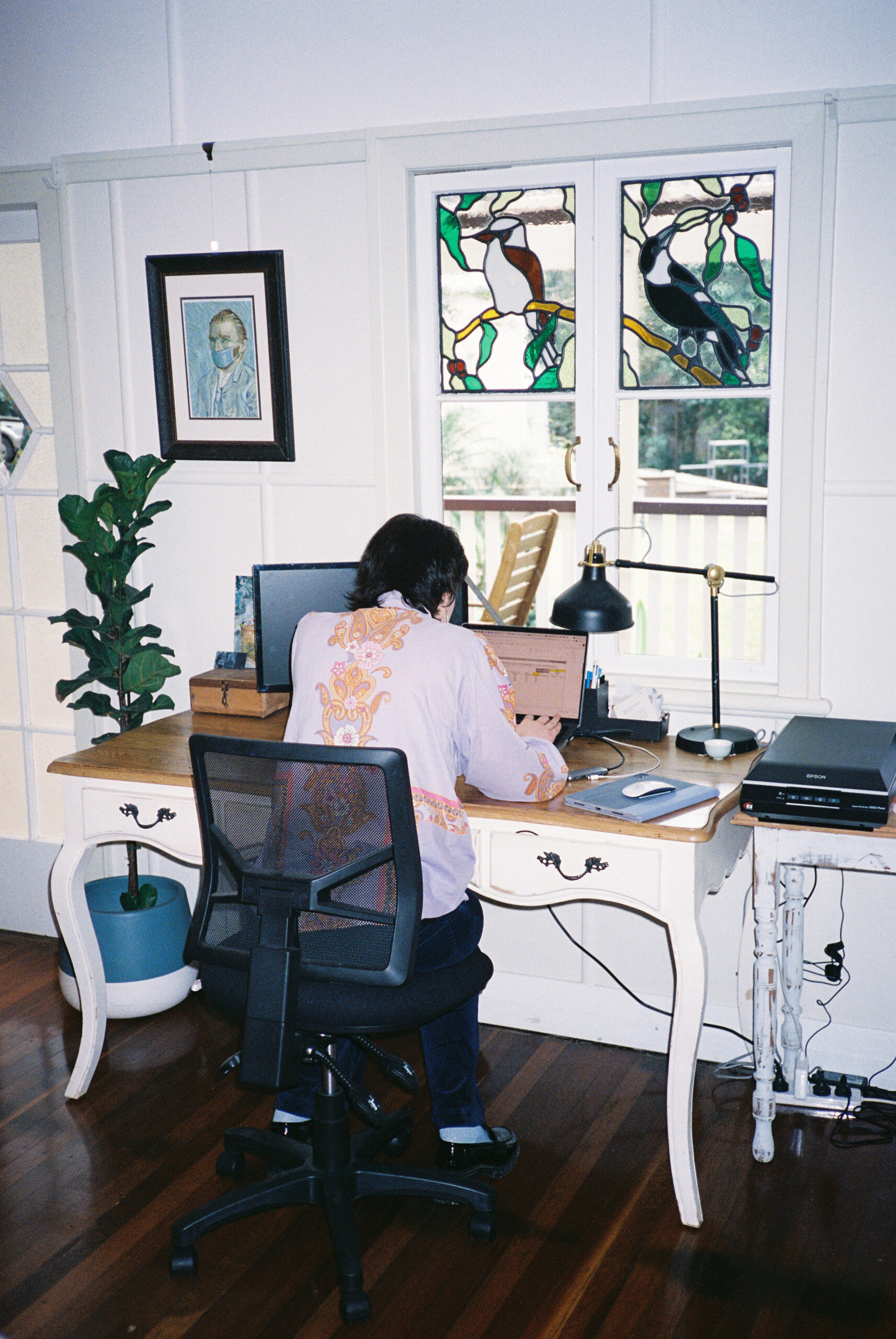
So, in terms of failure. Have you failed at anything? And, if so, how have you navigated that failure?
Well, I was really bad at painting, like I said. Well, I wasn’t terrible, but there was no passion there. And I think that’s a problem if you don’t have passion for what you’re creating. I have such drive for the work I create now and such a passion for it that, umm, I guess failures are good in a way. They make you reflect. They make you improve. And I definitely make really bad work [laughs].
And what do you enjoy most about the creative process? Is it the process of creating? Or is it the moment you show your work to the intended person or people?
I get the most joy out of overcoming the challenges. Like this concept for downstairs [Amanda is referring to her work for an upcoming exhibition], I’ve been dwelling on it for months. I struggled with it. But when you see it starting to form and you can see how it might be placed in the gallery setting, that’s what I love doing. I love refining the concept.
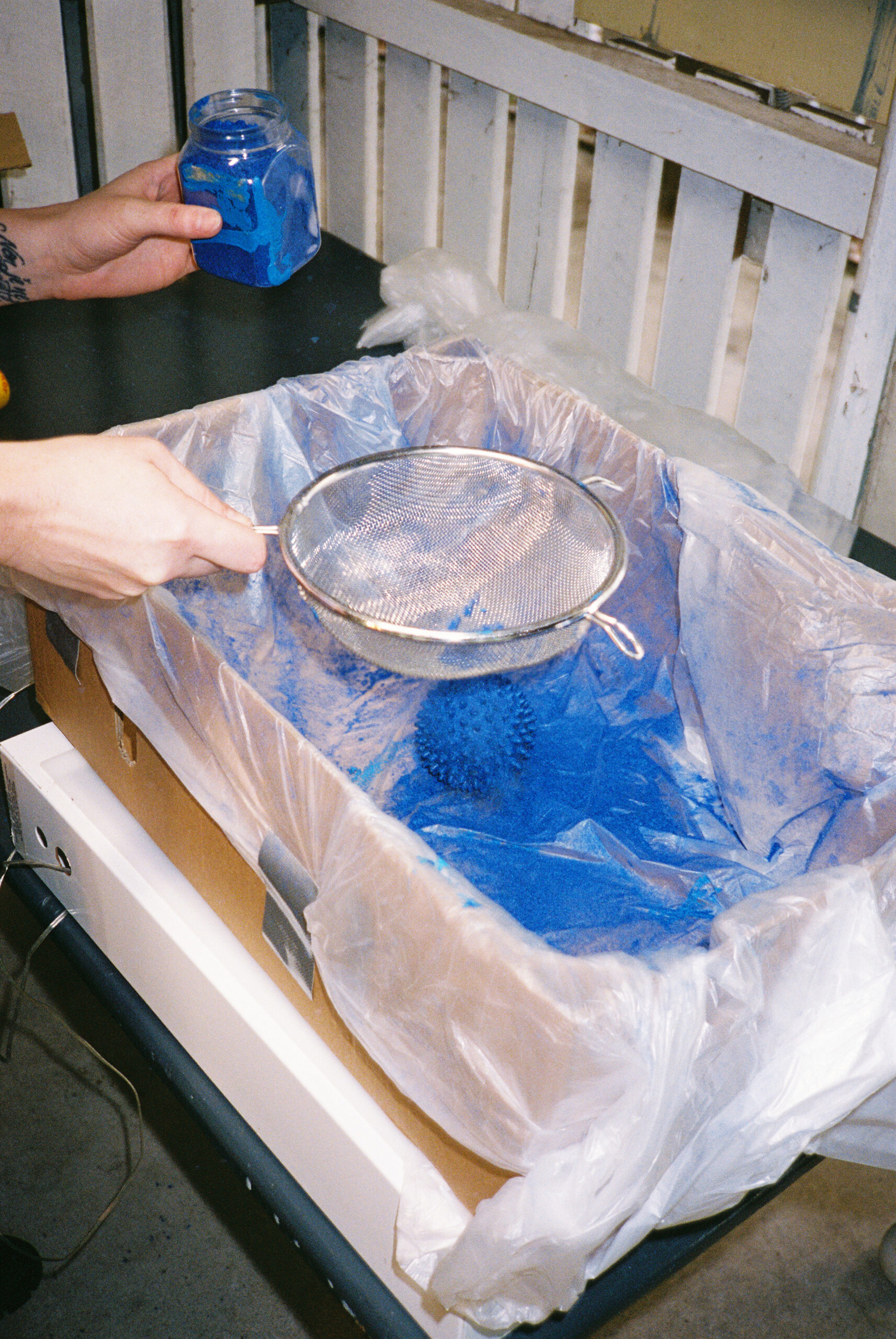
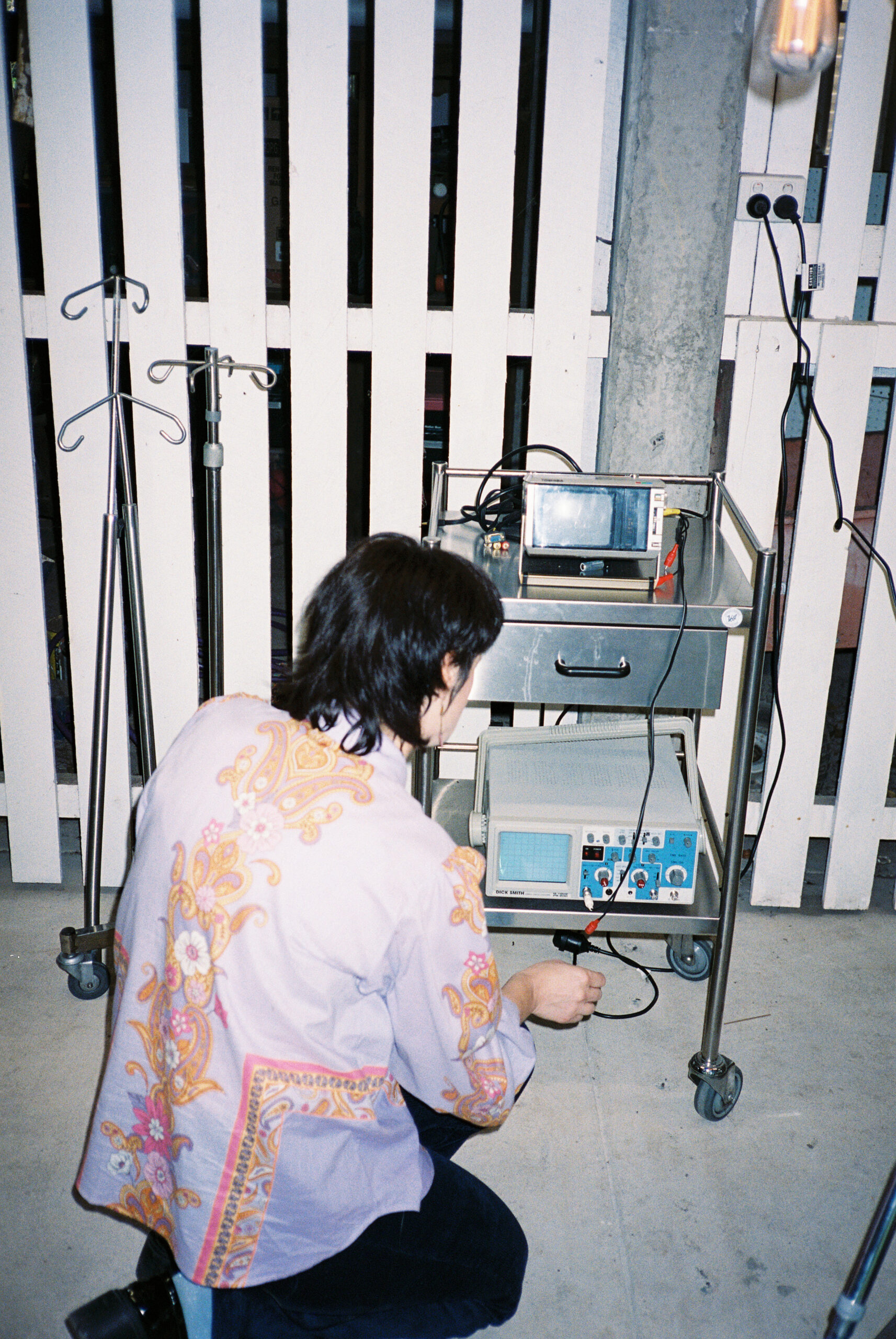
Tell us about the project you have sitting downstairs. [For context, Amanda has a collection of old hospital equipment — a bed, shower chair, electronic machines, etc.]
Yeah, it’s an exhibition called… omg have I forgotten… it’s, ah, called You Can’t Always Get What You Want… The Rolling Stones song. It’s with a friend and it’s looking at the time things take for someone with a chronic illness and disability. So, the measurement of time — how long it takes to have a shower, how long it takes to get ready for the day, the time it takes to get to work, the workday, or manage medical appointments, or if you’re feeling fatigued — is all aimed at able body people, not those that are chronically ill. When you’re chronically ill there’s so much added time, which isn’t there. The work downstairs is called I feel the weight of the minute as I bend my body towards the clock. It’s about how I bend my own body towards this time frame that I don’t belong in.
Is this the most revealing piece of work you’ve done?
I don’t know. I’m not sure if it’s more personal. There’s this theory called Crip Time and it’s about the time it takes to exist as a person with a disability — instead of bending the bodies of people with disabilities, we should bend the clock to meet them. I’m using a shower commode, which is a shower chair, in the work and I use one in my everyday life when I’m feeling really fatigued or going through a relapse.
Is the chair you’re using in the project, the chair you have used in the past?
Nah, I picked this one up at the tip in Eumundi. It’s such a good chair, it’s worth heaps. I’ve modified it and put velvet on it — it looks so luxurious. And that’s another part of the artwork. It’s this idea of capitalism — this might be a little too art wanky, so I’m sorry — and how the idea of time and productivity isn’t aimed at people with chronic illness. This idea of always having to produce something. And if you’re sick and you’re not producing as much — where do you exist?
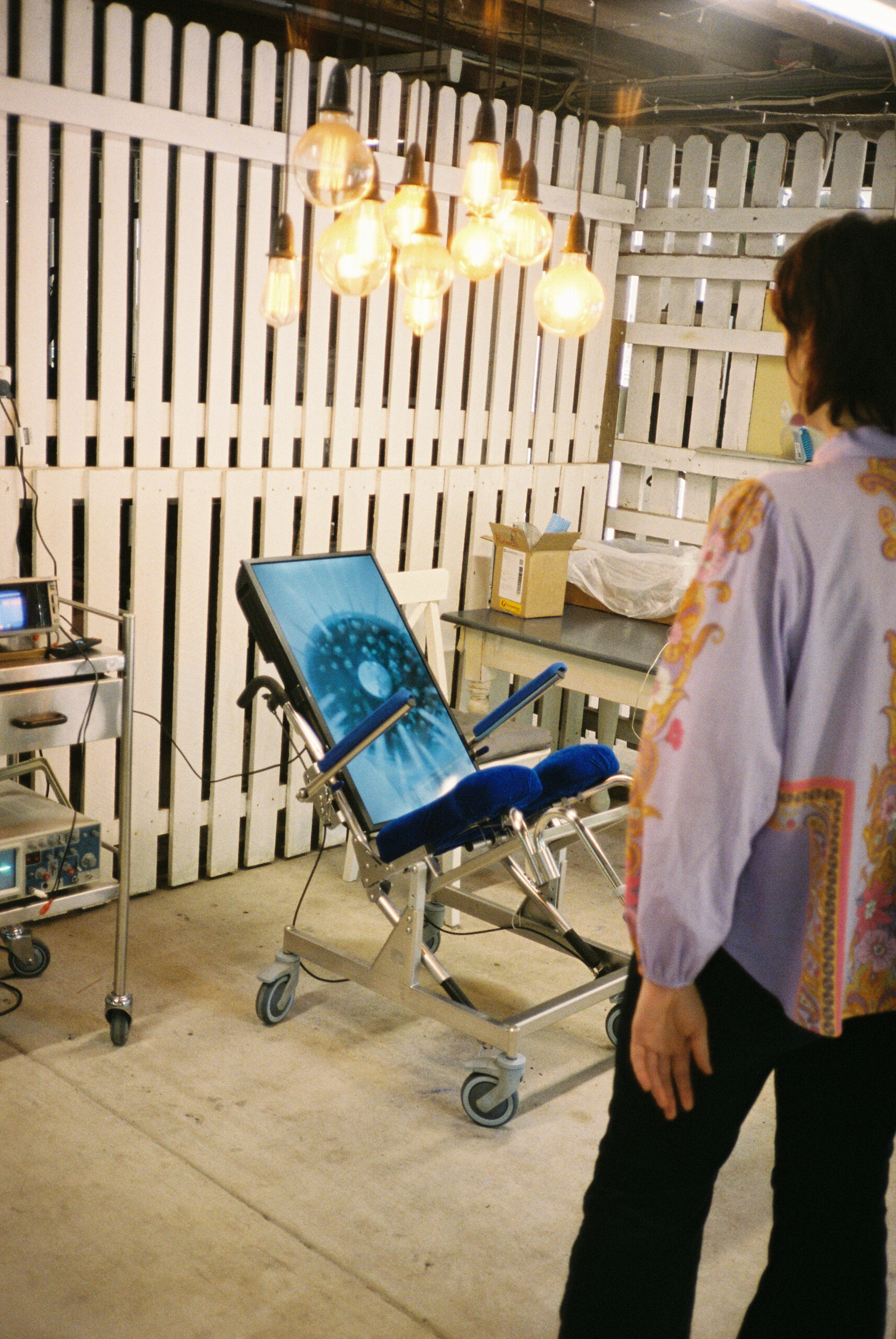
When you’re in those really dark places and it feels like everything is going against you, what do you do to pull yourself out of them?
I think I just try to keep busy. Because otherwise my mind just races. This last year has definitely been the most challenging, in terms of my health. It was really tough. But it was also so rewarding. I achieved some really great things. There was Phototropism with Warwick Gow, my graduation show, the 40 under 40 exhibition. But when I’m this busy, other areas of my life get impacted. I didn’t see my family as much, I didn’t spend much time with my partner, yeah… there’s definitely some things that slipped away. I think I’m going to take a slower approach this year. We’ll see, we’ll see, who knows [laughs].
You’re currently living in the hinterland. Are you going to stick around on the coast?
I grew up in the Blue Mountains. Looking back… it was such a privilege. And then I lived in Forbes. I love the coast and its community. It’s so welcoming. I wasn’t sure what it would be like joining the creativity community on the coast — but the arts community is incredible. They just welcome you in. Even the towns. Everyone is so friendly.
Is there anything that irritates you about the coast from a creative perspective?
Hmm, I don’t think anything bothers me. I think if something bothers you, be part of changing it. There are so many people doing that on the coast, too. If you look at Lantana, IN|ARI, The Shelter, Little Temple Records, the galleries — they’re really driving that change.
Yeah, it really feels like coast has heaps of opportunity right now if you’re willing to try something new.
Yeah, I feel like that would be a really good way to get in. Work out what’s bothering you and then work out how to change it and be a part of that change. A girl from Coolum, that I went to uni with, is thinking about moving back to the coast because she feels like there’s more opportunity here. And I’m hearing, in Brisbane, that people are excited about what’s happening on the coast, too.
The Sunshine Coast’s beautiful landscape is obviously fundamental to our DNA. Does place play a role in your life and creative practice? Where do you like to escape to?
Yeah, it absolutely plays a big part. For the last four years I’ve lived in Brisbane and the hinterland, going back and forth. The city is always chaotic, so to come back to the coast is really calming for me. I feel like I’ve created a really peaceful home here. It’s kind of like a treehouse in the rainforest. In my downtime, I like to just chill out here.
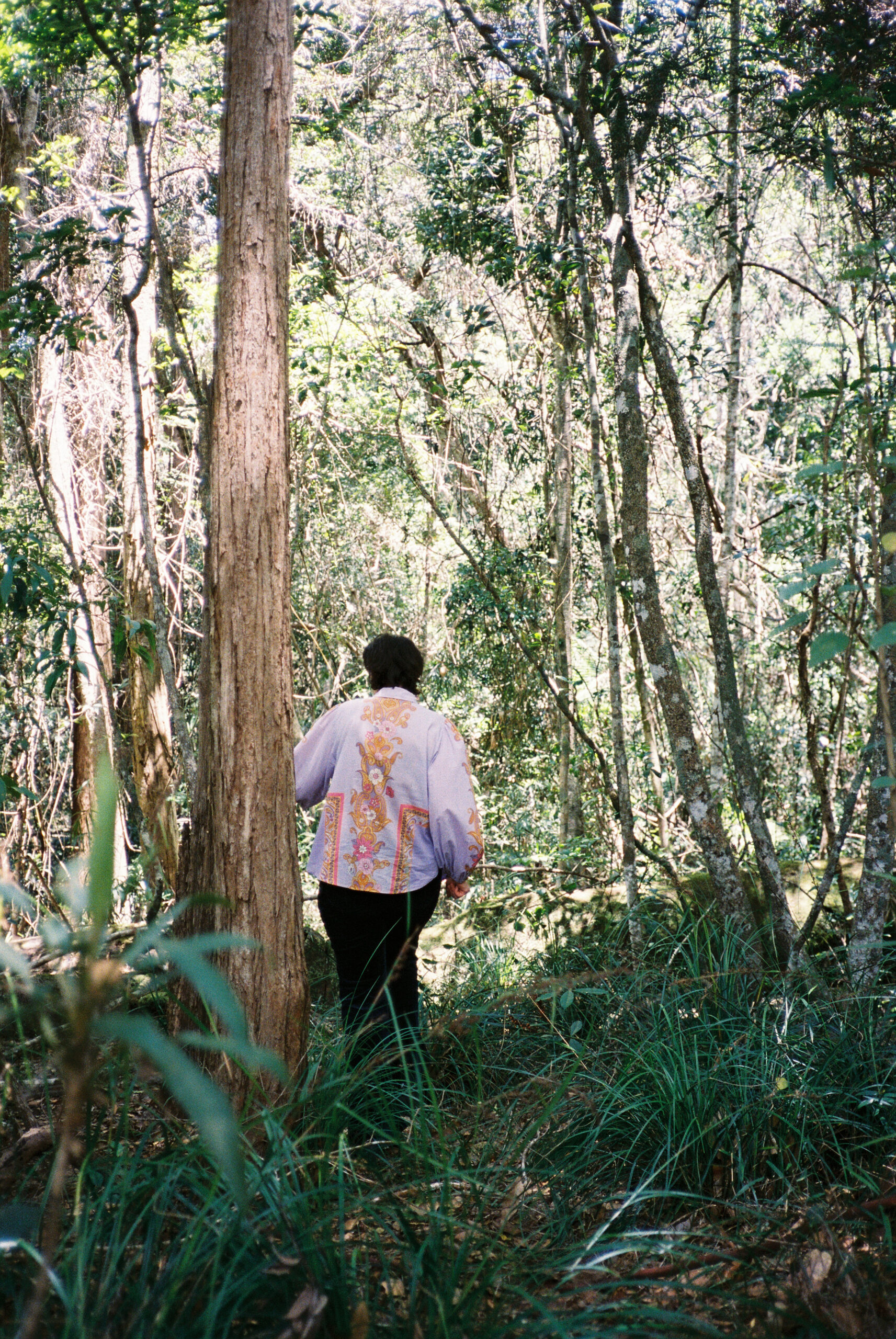
I don’t think people realise — who don’t live on the Sunshine Coast — how good the lifestyle is.
Yeah… it feels like it’s just the start of something here. But maybe it’s aways just the start of something. But to be a part of what’s brewing is really exciting. I feel like everyone supports each other’s creative practice here. And builds everyone up. I never feel any competition from people —it’s super collaborative.
So, ultimately, at this stage, what do you want to get out of your life right now?
That’s really hard because you just never know… But look, if I’m still practicing art in 20 years, still creating work, and having people interested in my stuff, then I’ll be happy. I hope that when people think of me, they think that I’m genuine and passionate about my arts practice. And passionate about the arts. I’m obsessed. Maybe too much. It’s all I think about.
Are you proud of who you’ve become?
Yeah, I think so. It’s a tough question… Yeah, I am proud. But I guess I always want more. I’m still in the infancy of my arts career — I’m still emerging. But when I look back at what I’ve achieved, I think that I’ve achieved quite a bit for an emerging artist. So, I’m happy!
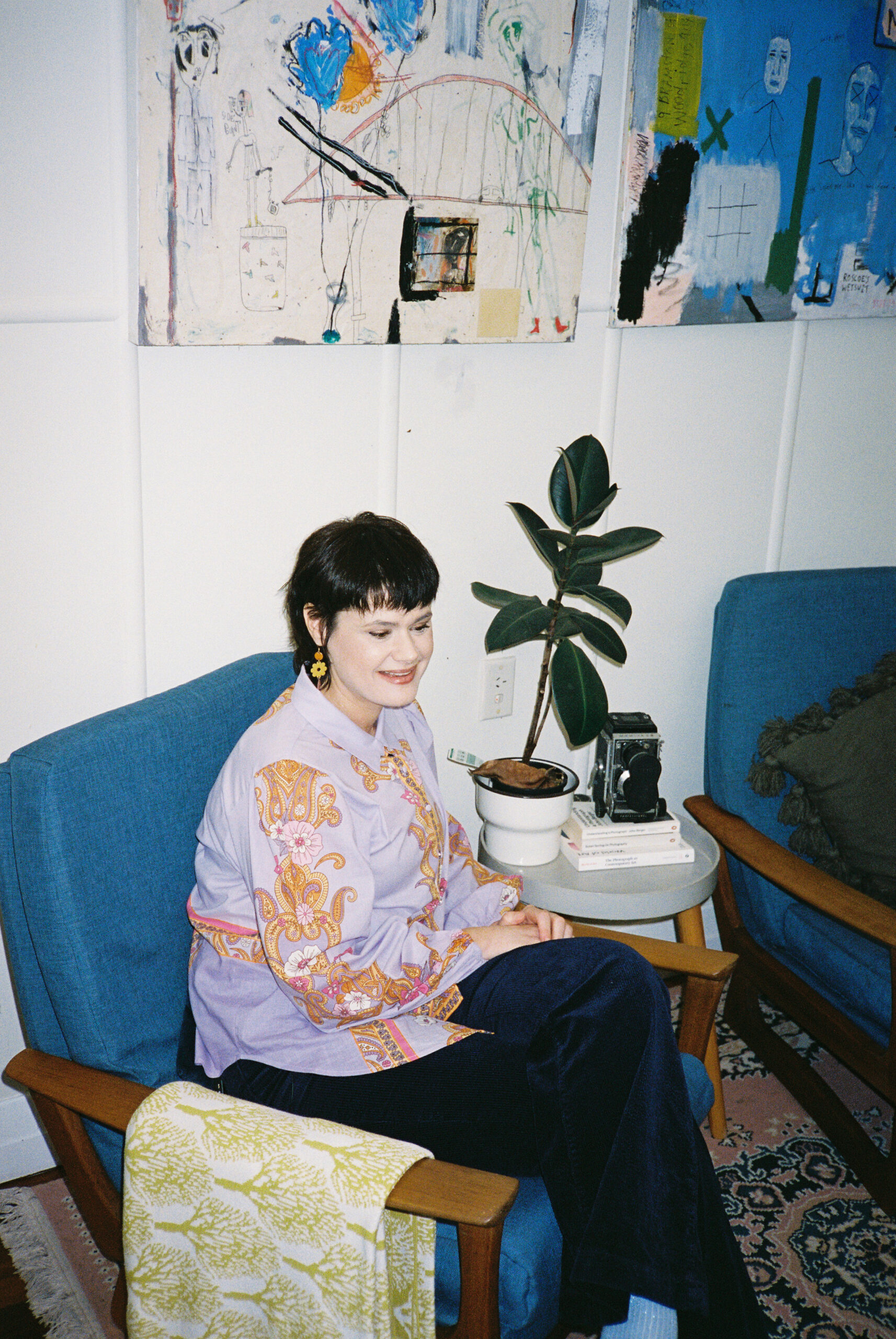
What’s next?
I don’t know… doctors orders are to have a quieter year… But whether I do that, is something else… I’ve got Project 24 coming up — I’m going to be a resident there in March. I’ve got an exhibition in Brisbane, too. That’s all I have planned right now. Oh, I’m going to New Zealand Skiing. Can’t wait for that.
Well, that’s it from us. Thanks so much for offering your time today.
My pleasure. I can’t even remember what I said.
